Introduction
Energy Storage Systems (ESS) are an integral part of modern power systems. They improve system flexibility and reliability by storing and releasing electrical energy. This article will introduce several common energy storage types and their costs, and explore the application of photovoltaic and wind power generation in commercial energy storage solutions.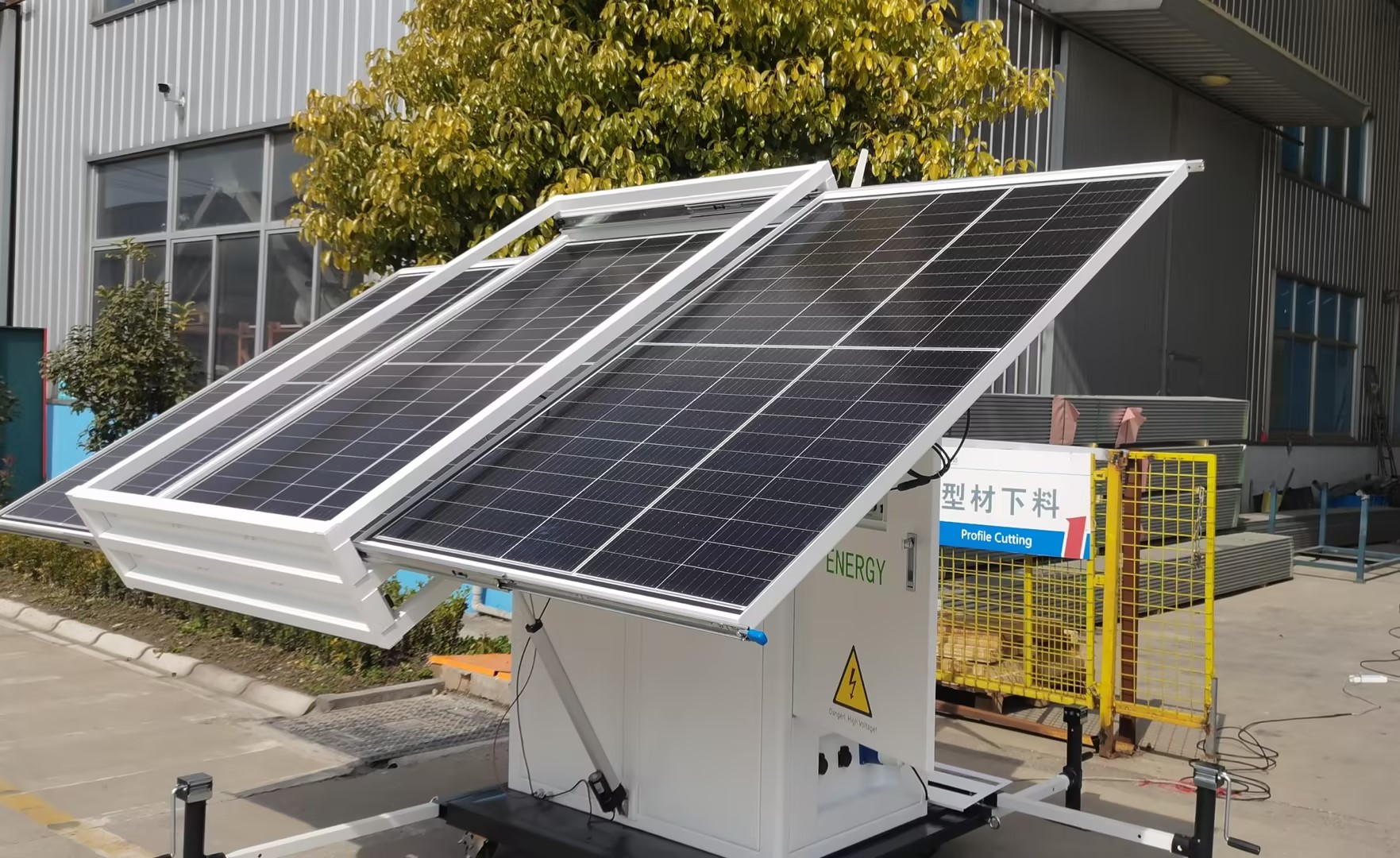
Types of Energy Storage Systems
Pump-Storage Hydroelectricity (PSH)
Principle: Use the height difference to store and release water, thereby achieving the storage and release of electrical energy.
Cost: The initial construction cost is high, but the operation and maintenance costs are low.
Lithium-Ion Batteries (Li-ion)
Principle: Store and release electrical energy through the movement of lithium ions between positive and negative electrodes.
Cost: The initial investment is high, but the technology is mature and the life is long.
Compressed Air Energy Storage (CAES)
Principle: Convert excess electrical energy into compressed air and store it in underground caves or salt mines, and then expand the air to generate electricity when needed.
Cost: The initial investment is large, but the operation and maintenance costs are low.
Sodium-Ion Batteries (Na-ion)
Principle: Similar to lithium-ion batteries, but using sodium ions as energy storage media.
Cost: Relatively low, with great development potential.
Vanadium Redox Flow Battery (VRFB)
Principle: Use the redox reaction of vanadium ions in positive and negative electrolytes to store and release electrical energy.
Cost: High initial investment, but strong scalability, suitable for large-scale energy storage.
Lead-Antimony Battery (Lead-Antimony Battery)
Principle: Combines the characteristics of lead-acid batteries and activated carbon to improve energy density and cycle life.
Cost: Moderate cost, suitable for medium-scale energy storage.
Cost Analysis of Energy Storage Systems
Depending on different energy storage technologies, their cost structures are also different. In general, the cost of battery energy storage systems mainly includes the following aspects:Equipment purchase cost: Including the cost of components such as batteries, inverters, and BMS.
Installation and commissioning costs: Involving on-site installation, commissioning and subsequent maintenance work.
Operation and maintenance costs: including daily inspections, troubleshooting, and replacement of parts.
Specific to the cost of each energy storage technology, such as Tesla's Powerwall, its price may vary depending on the configuration. In addition, the economic feasibility of the photovoltaic + energy storage system is also affected by multiple factors such as electricity prices and equipment costs.
Photovoltaic and Wind Power in Commercial Energy Storage Solutions
As important components of renewable energy, photovoltaic and wind power generation play a vital role in commercial energy storage solutions. The following are the applications of these two technologies in energy storage systems:
Photovoltaic (PV) Energy Storage
The photovoltaic energy storage system mainly converts solar energy into electrical energy and stores it for emergency use. This system can effectively smooth the volatility of photovoltaic power generation, improve the quality of electricity, and ensure the stable operation of the power grid. For example, Huawei's intelligent photovoltaic storage solution can realize intelligent coordinated control of photovoltaic and energy storage systems, reducing the system's levelized cost of electricity (LCOE) by 30%.Wind Power Energy Storage
The energy storage system of a wind farm can solve the problem of "wind abandonment" and improve the wind power absorption capacity. By storing excess electricity during periods of insufficient power generation or peak power consumption, wind power energy storage systems can reduce wind curtailment, increase revenue and reduce assessment costs. For example, the wind, solar, storage and modulation integrated solution proposed by Shanghai Electric solves the problems of active power consumption and reactive power support respectively through hybrid energy storage and phase modulation.Conclusion
Energy storage systems play an increasingly important role in modern power systems. By rationally selecting and configuring energy storage technologies, the flexibility and reliability of the system can be significantly improved. Photovoltaic and wind power generation, as important components of renewable energy, have broad application prospects in commercial energy storage solutions. Huijue focuses on providing efficient and stable commercial energy storage solutions for photovoltaic and wind power generation, and is committed to promoting the development and application of green energy.Through in-depth research and practice, Huijue continuously optimizes its products and services to provide customers with the best quality energy storage solutions and help achi



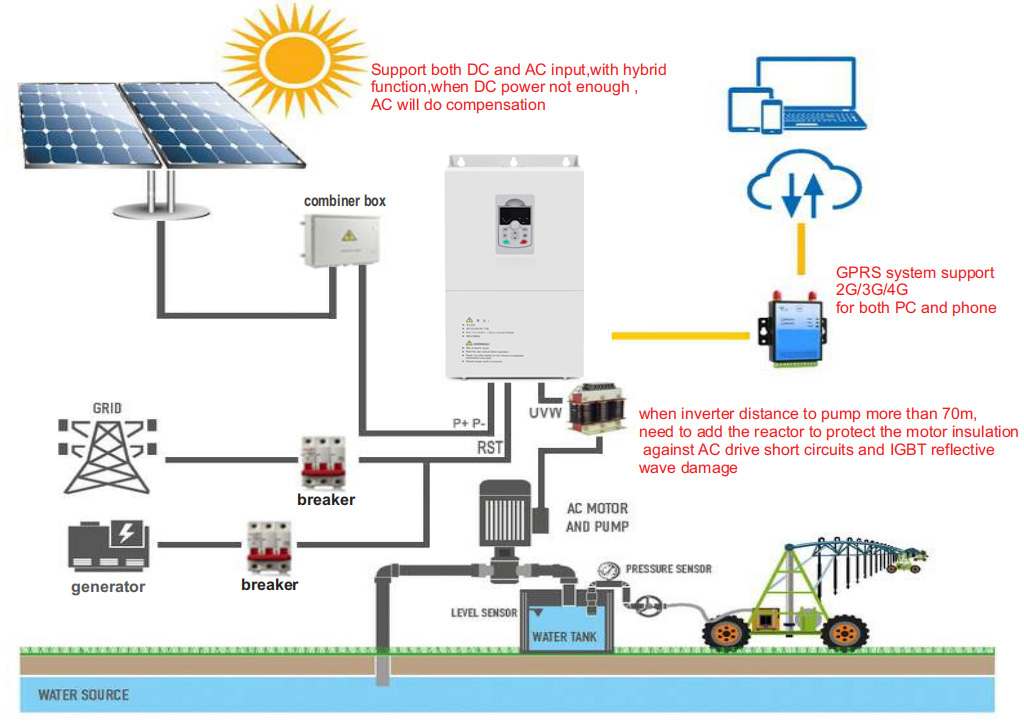
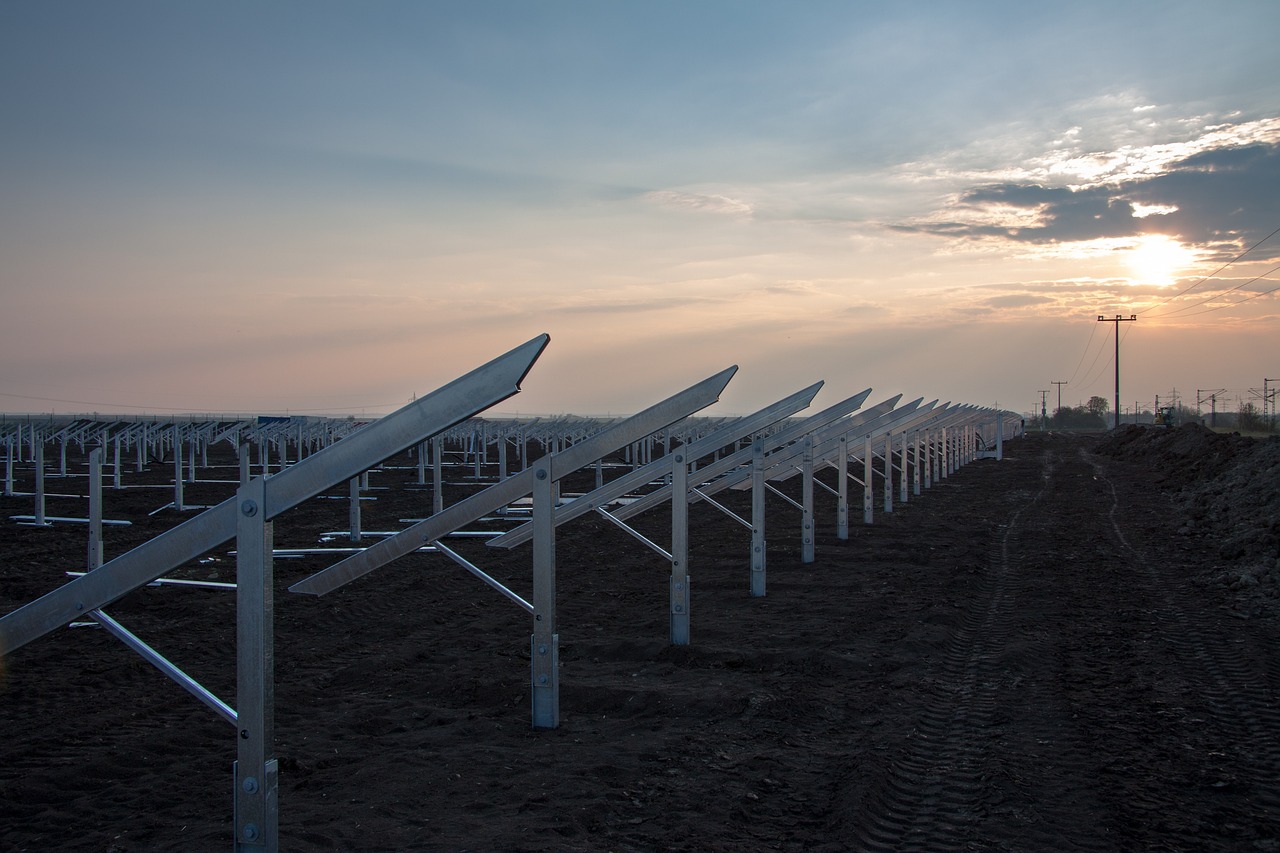

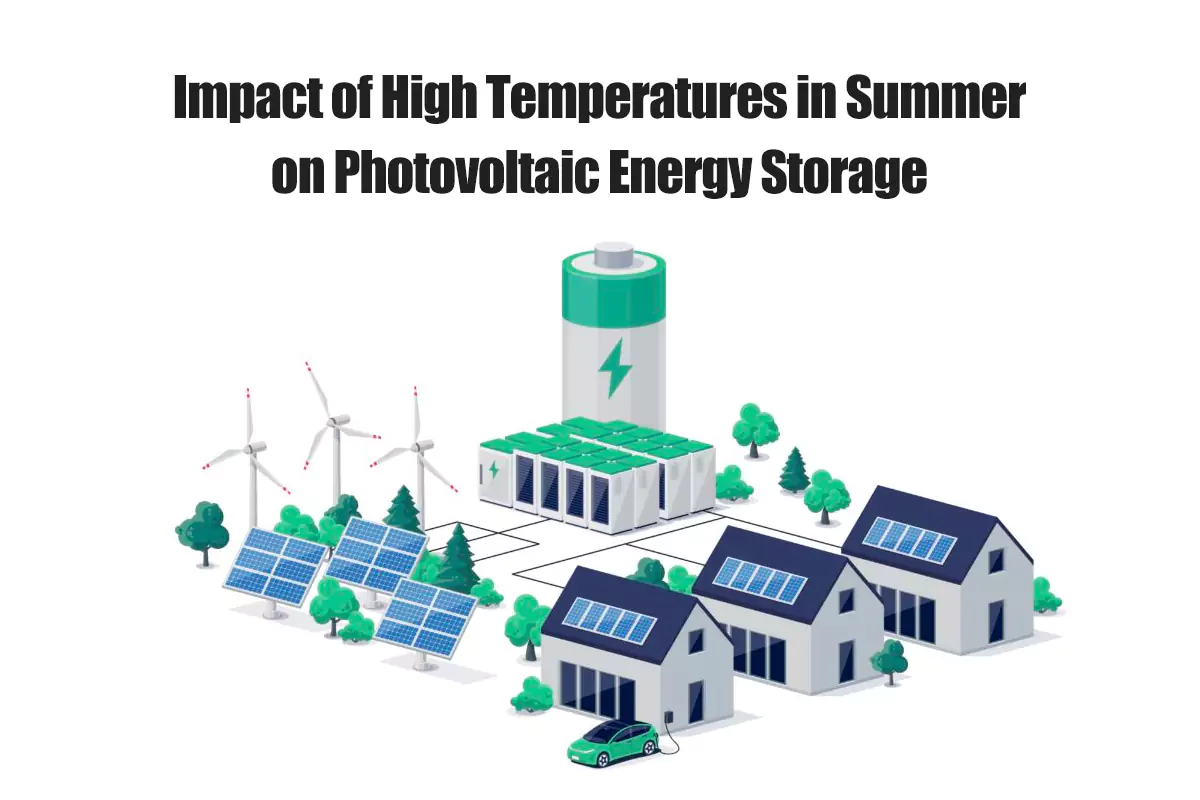
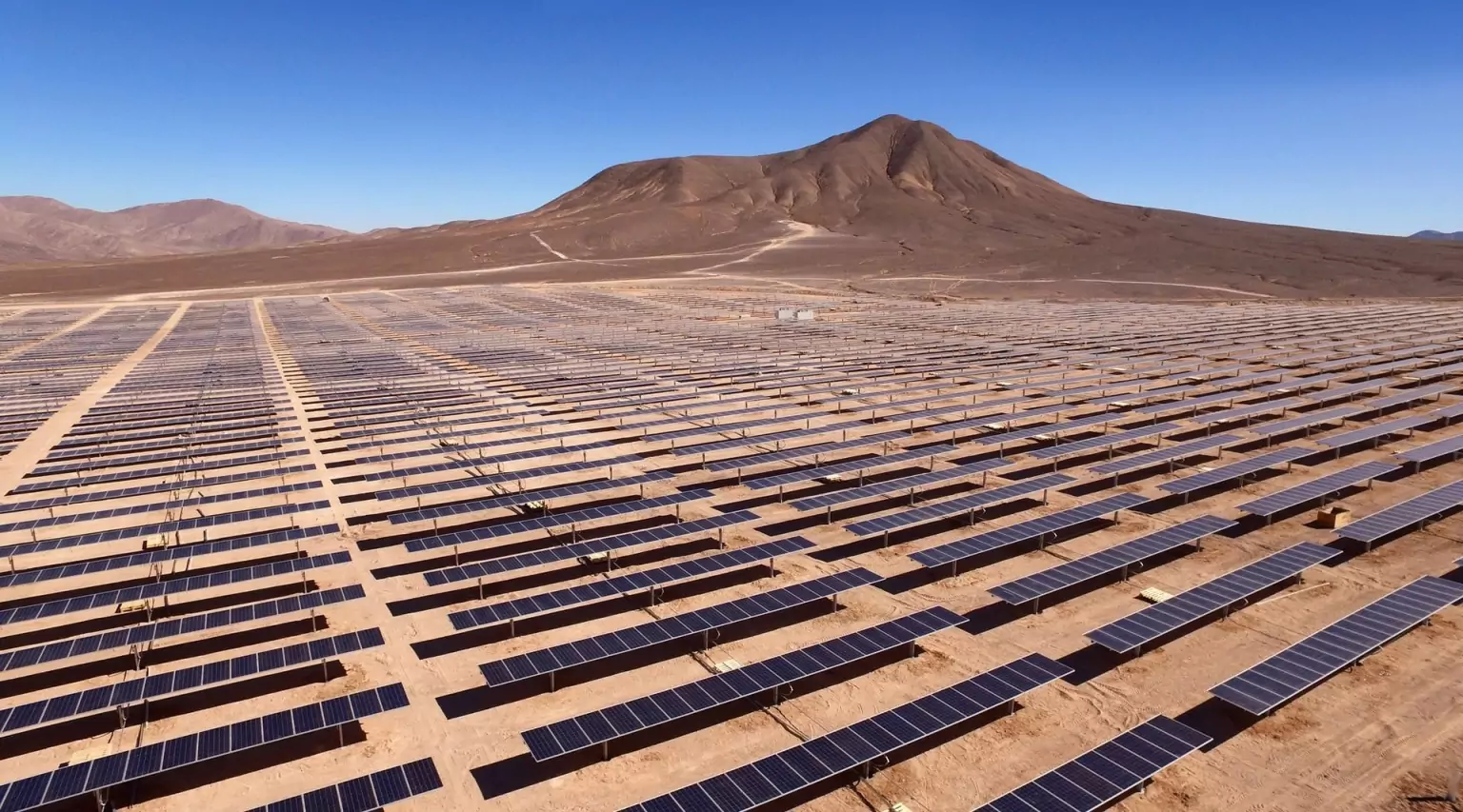
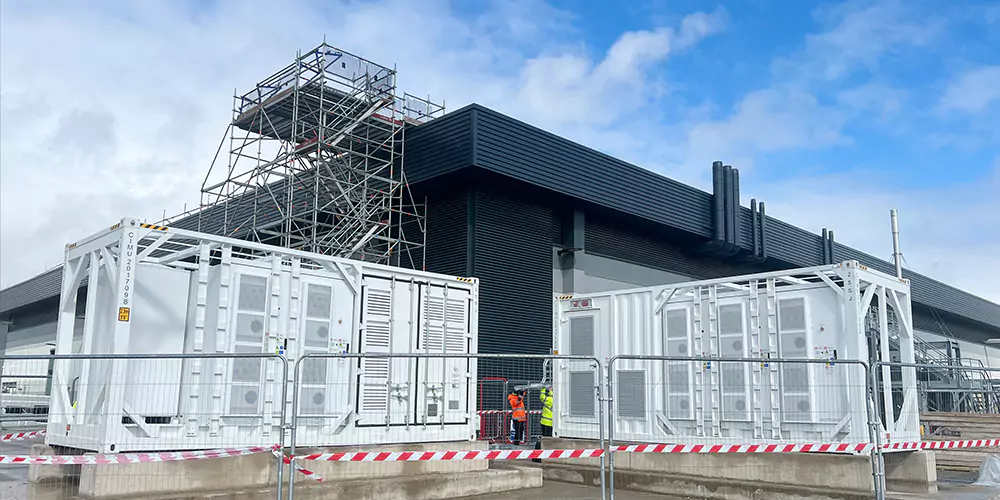
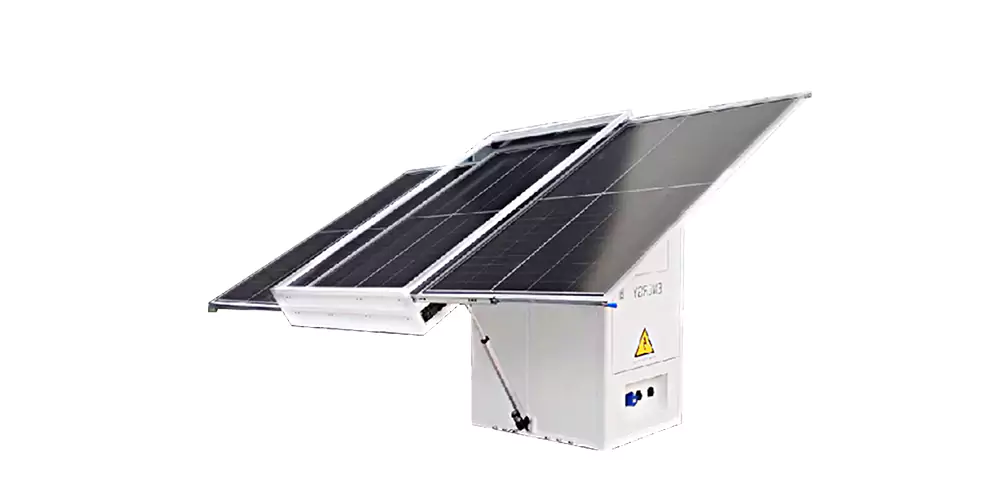
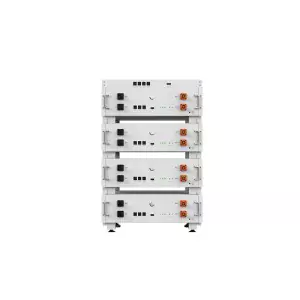
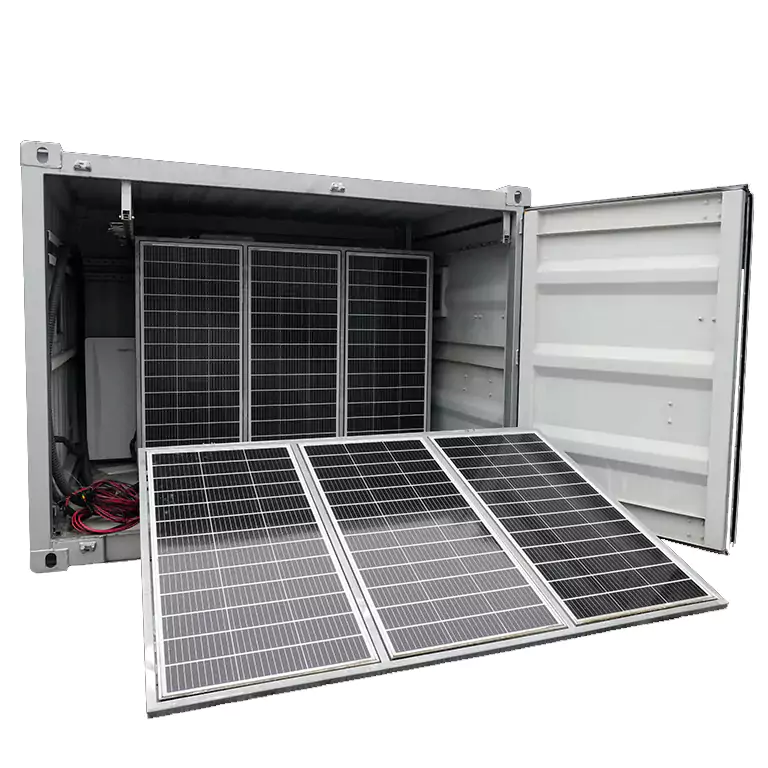
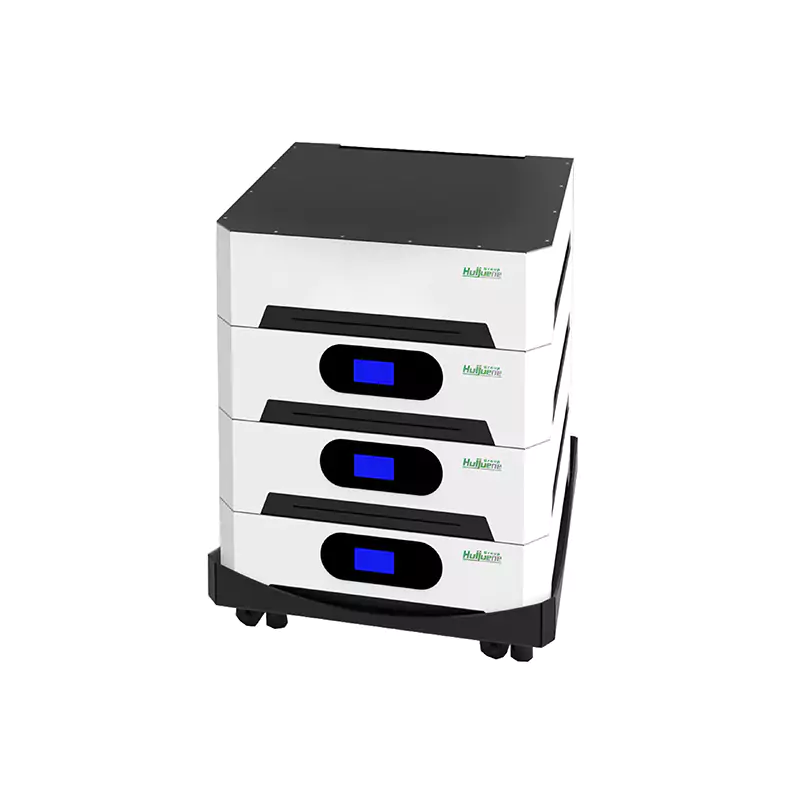
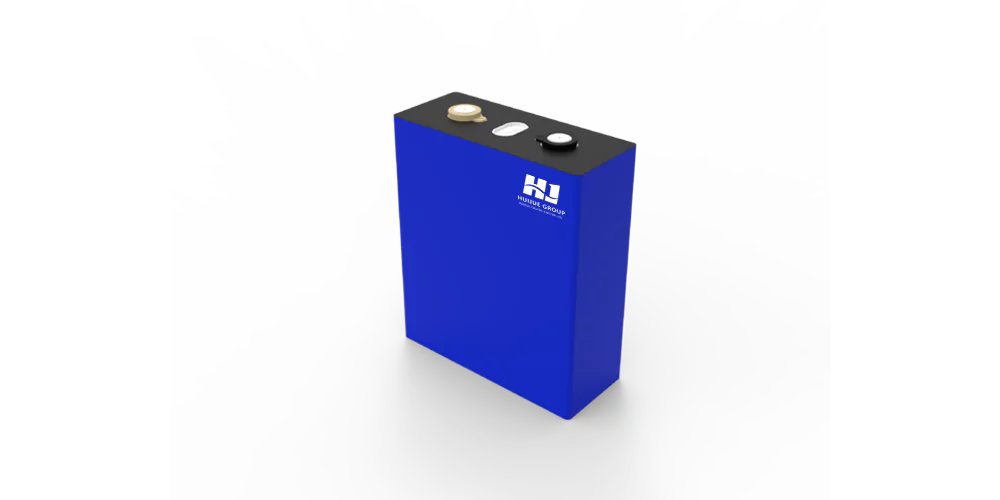

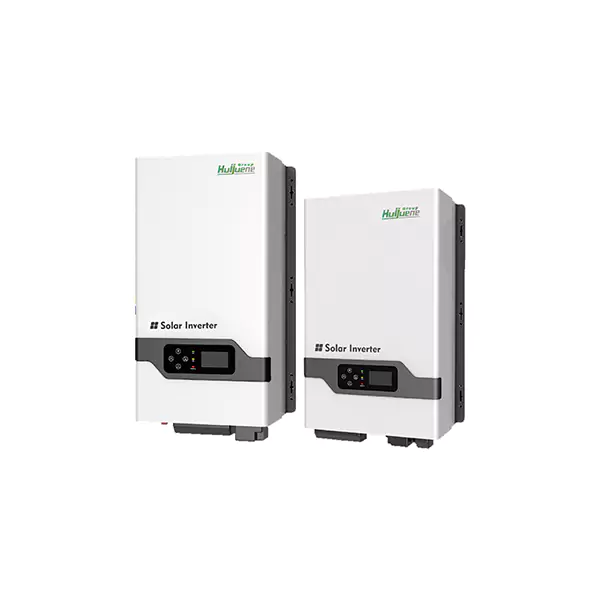
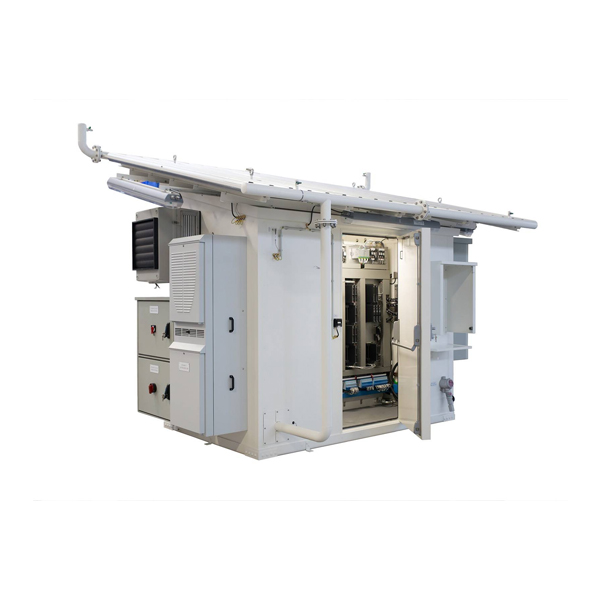
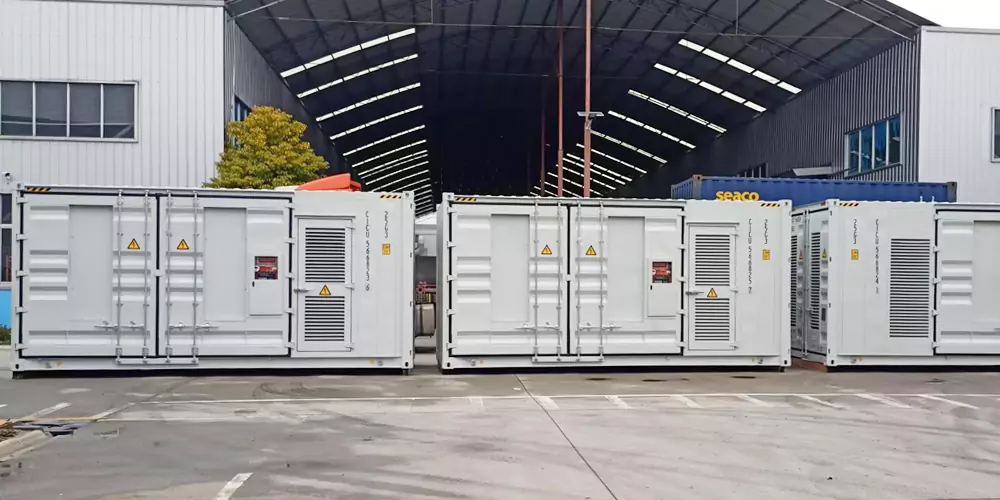
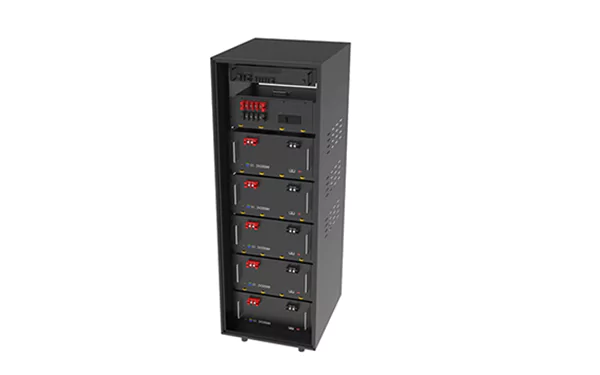
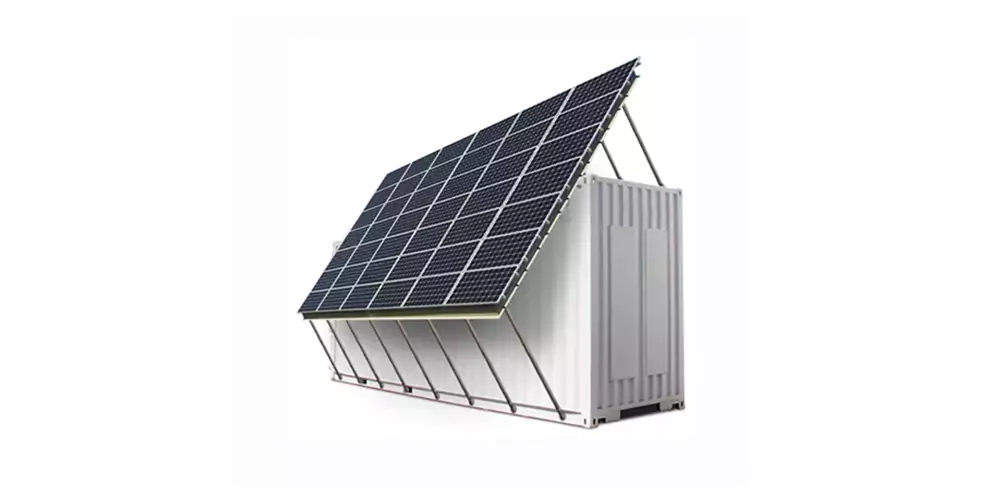
 Inquiry
Inquiry Online Chat
Online Chat